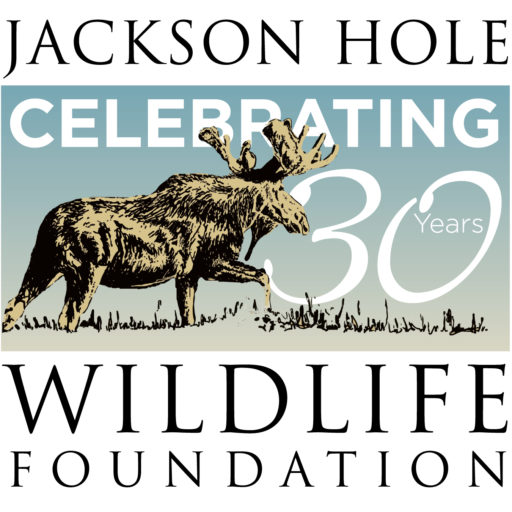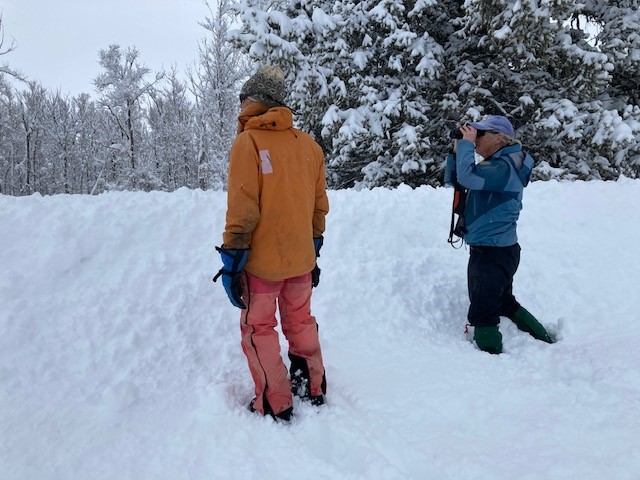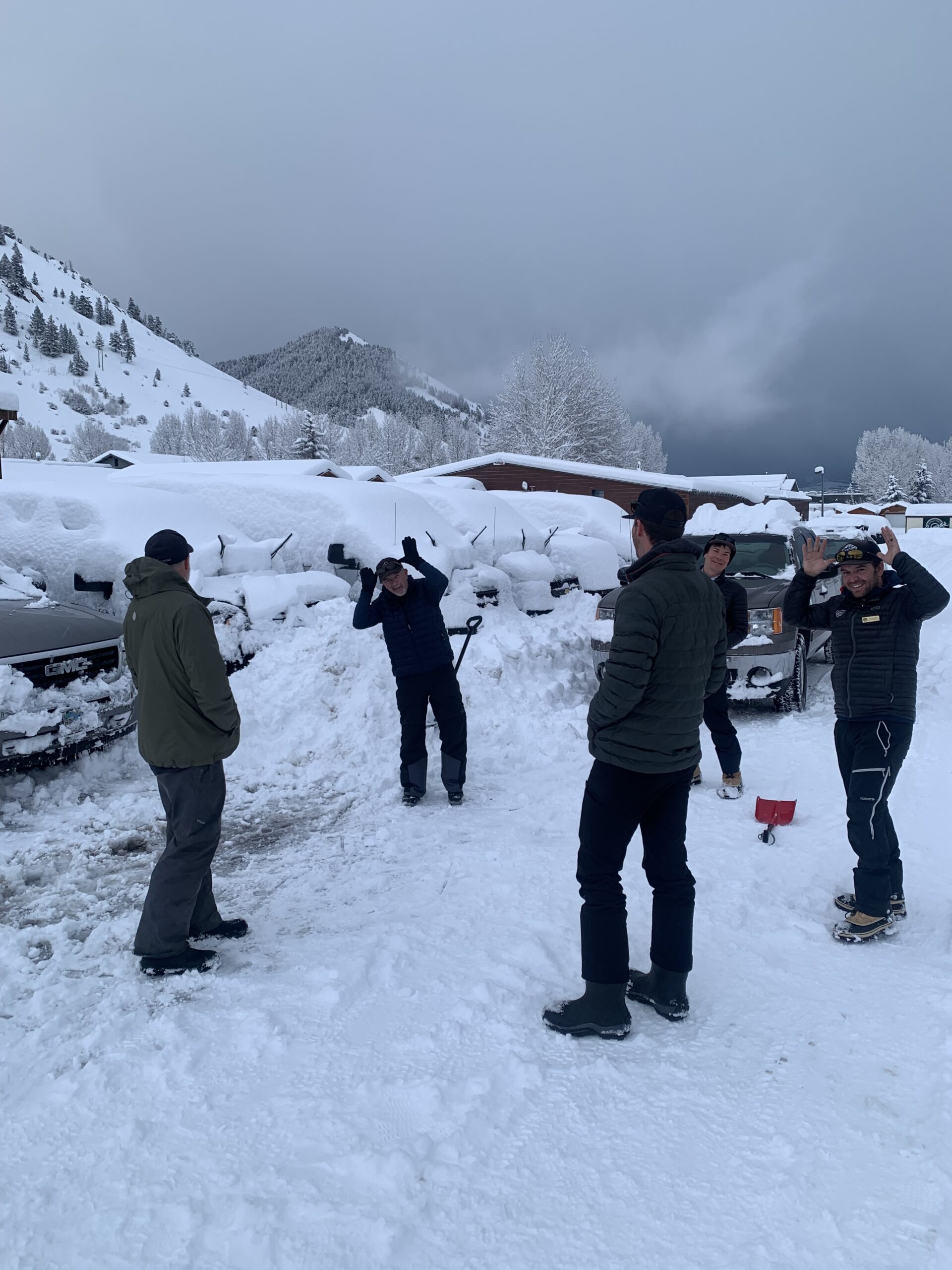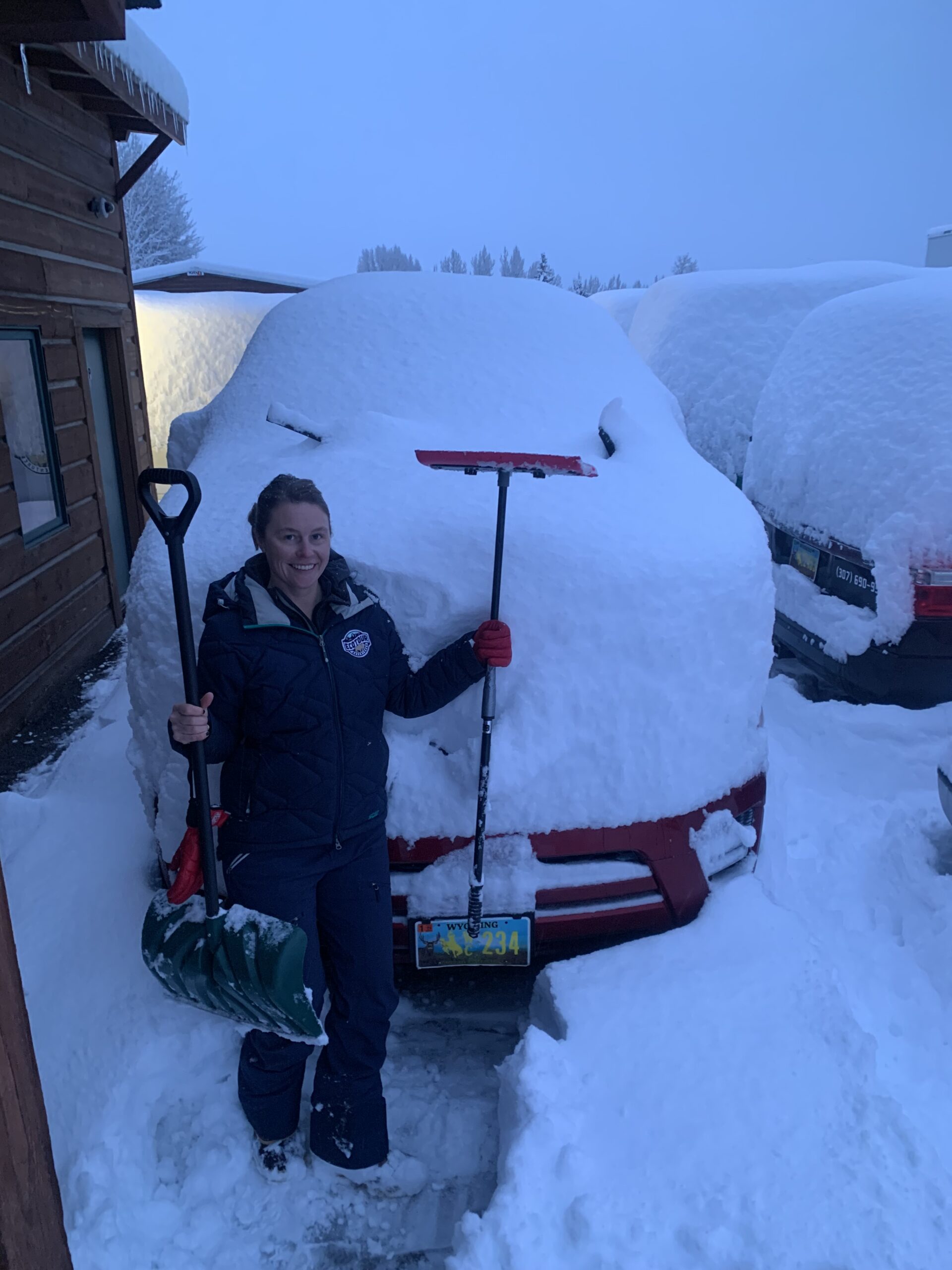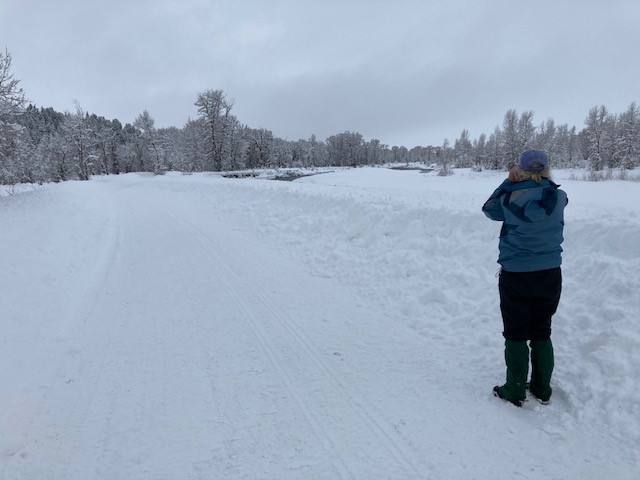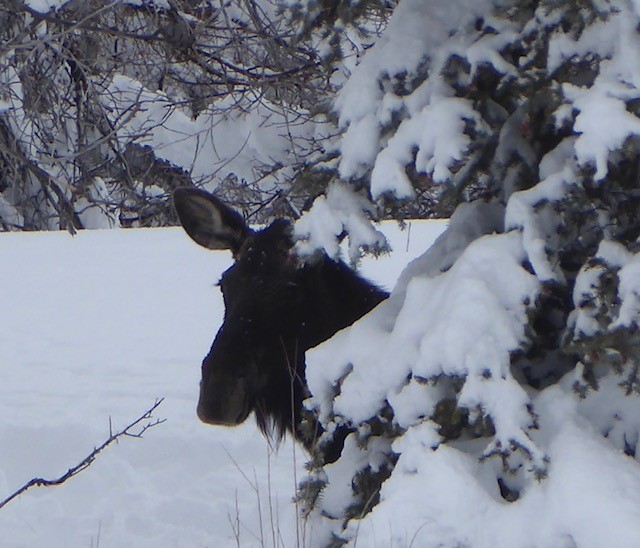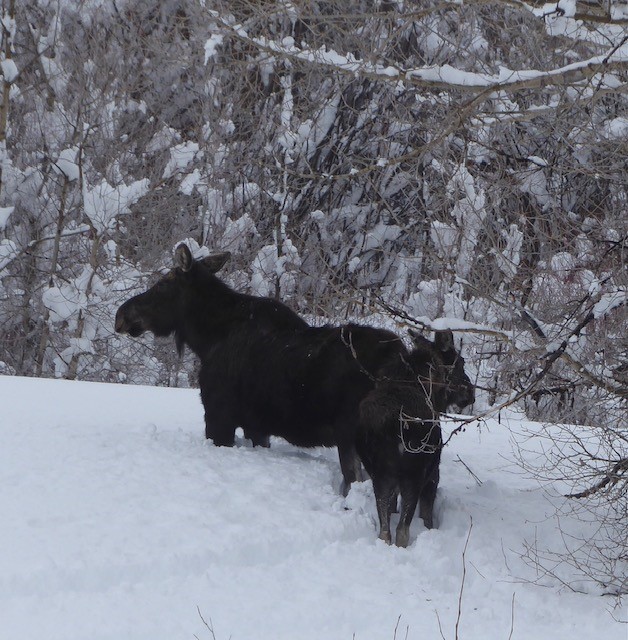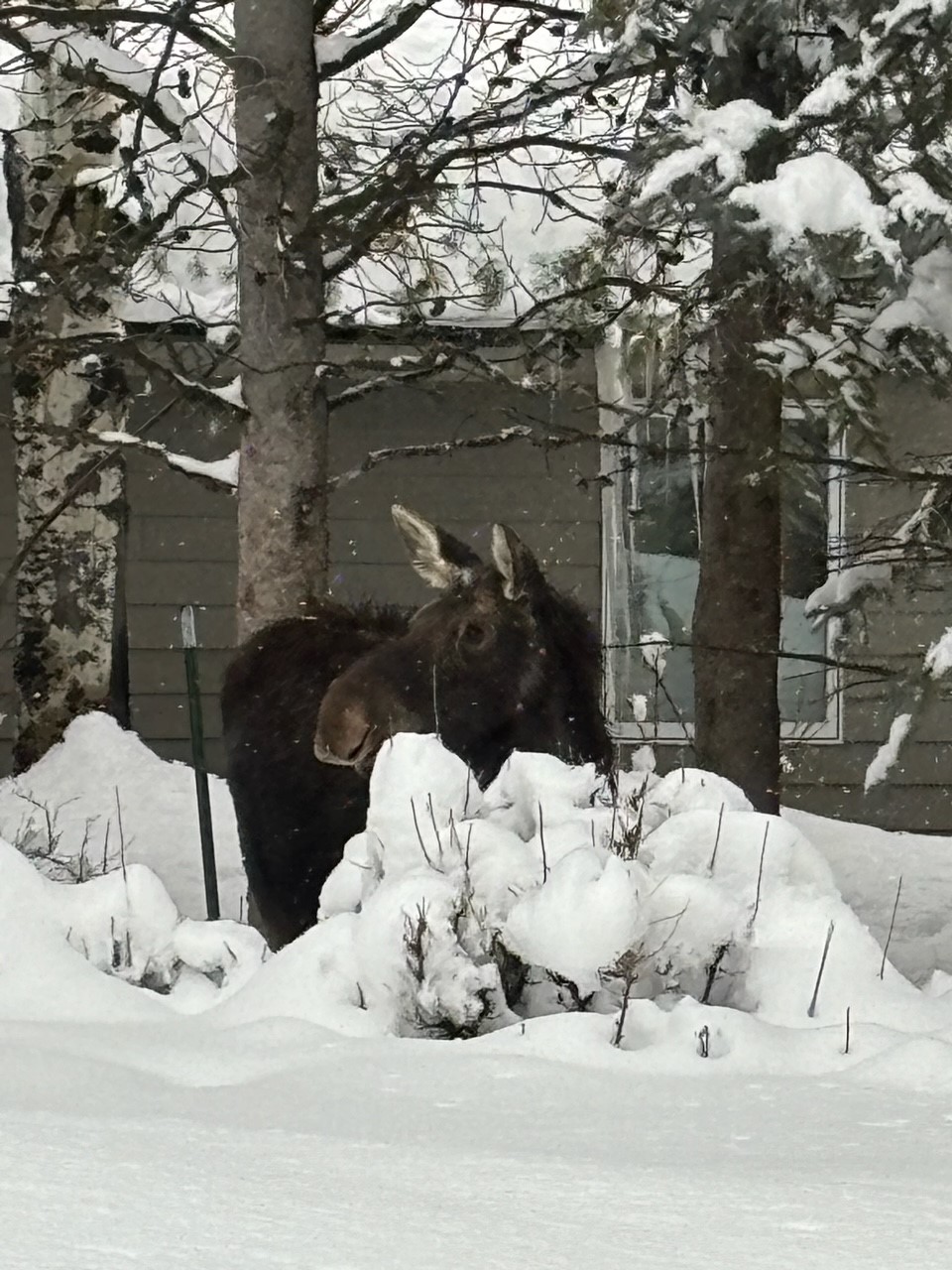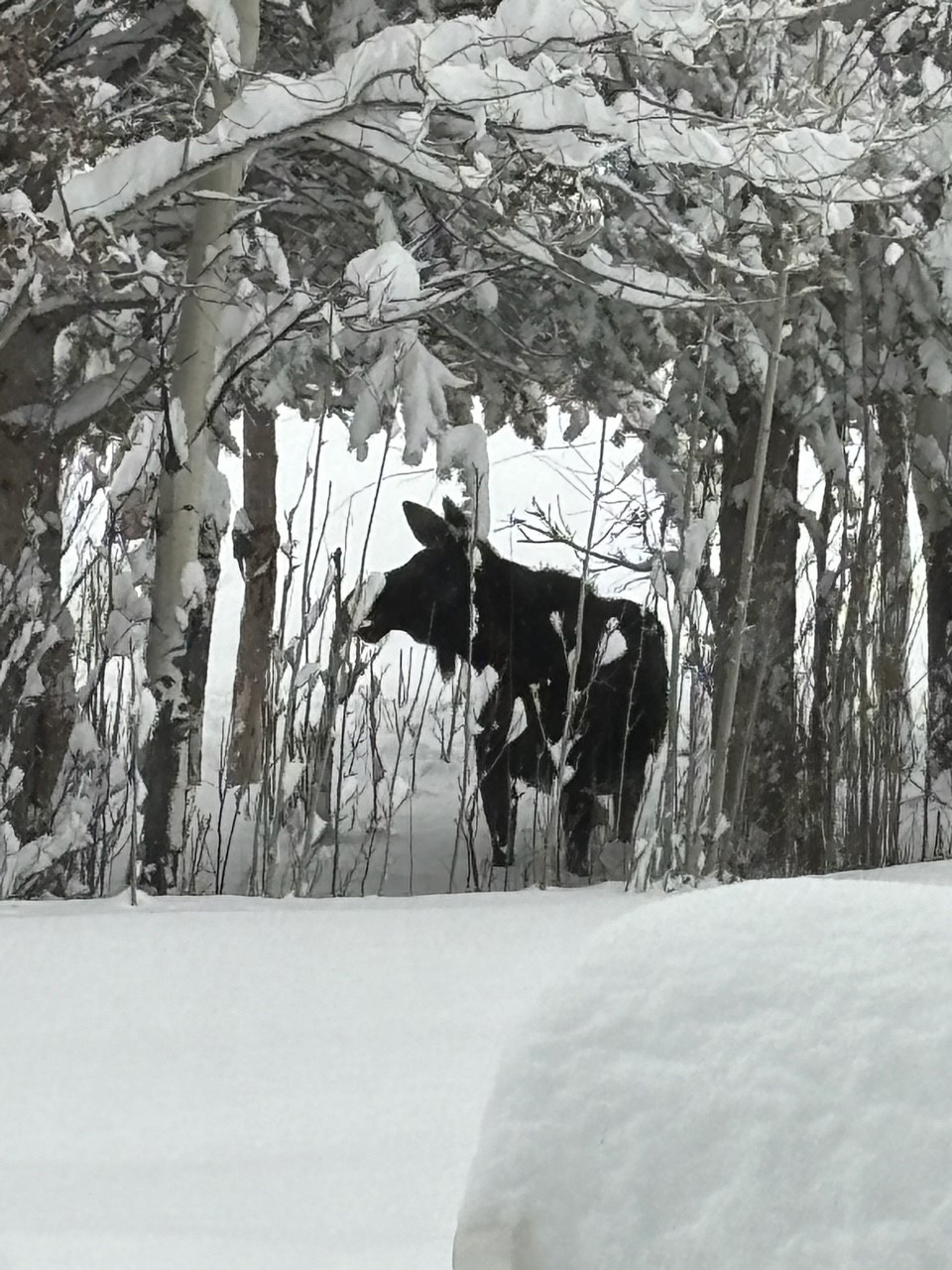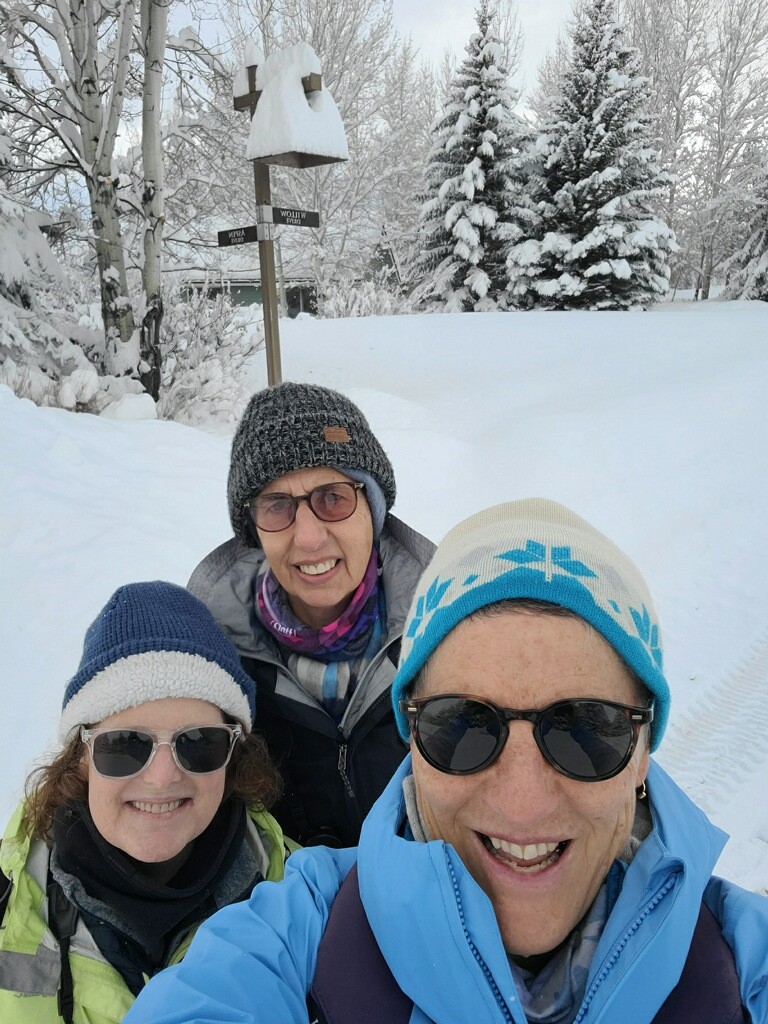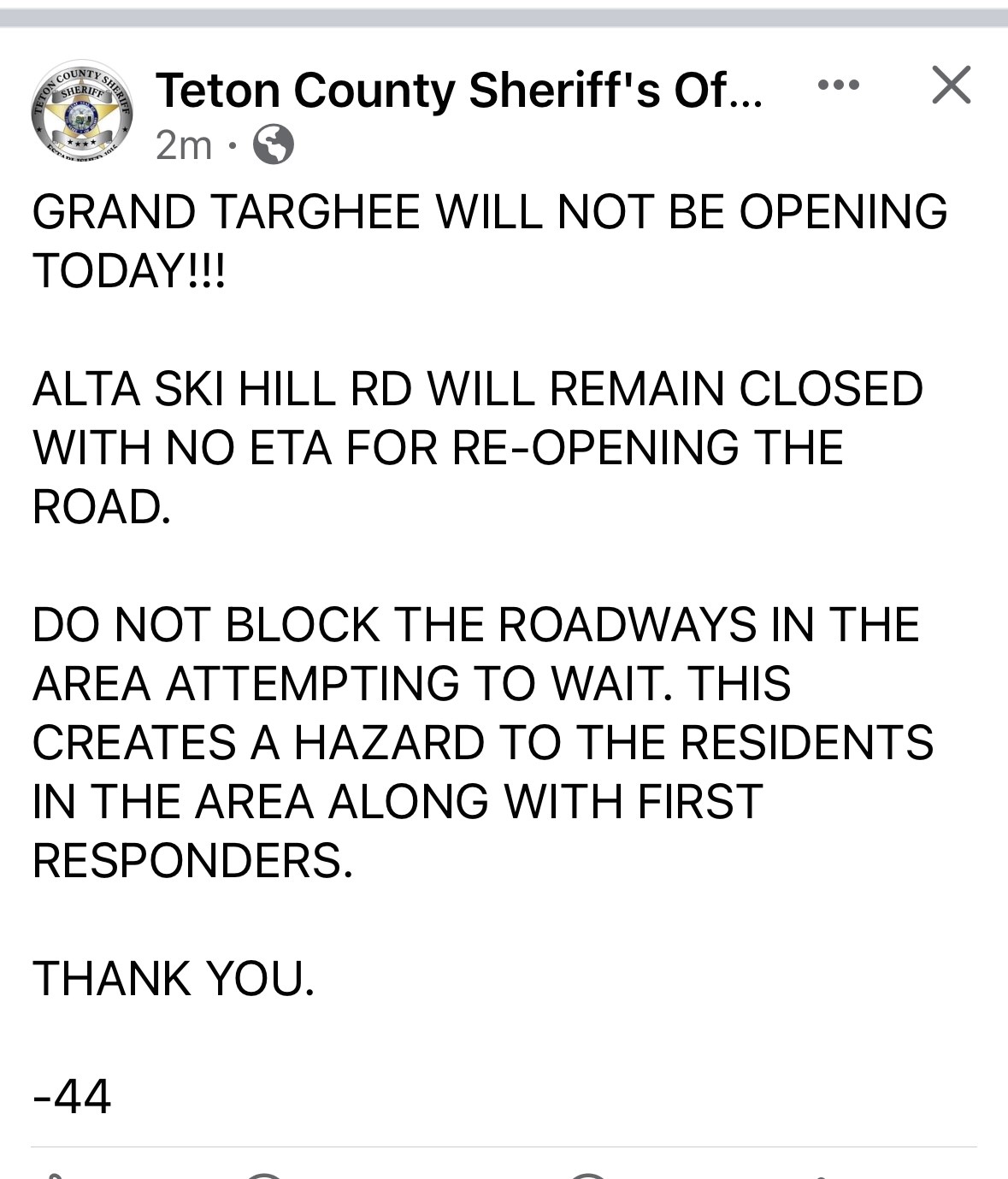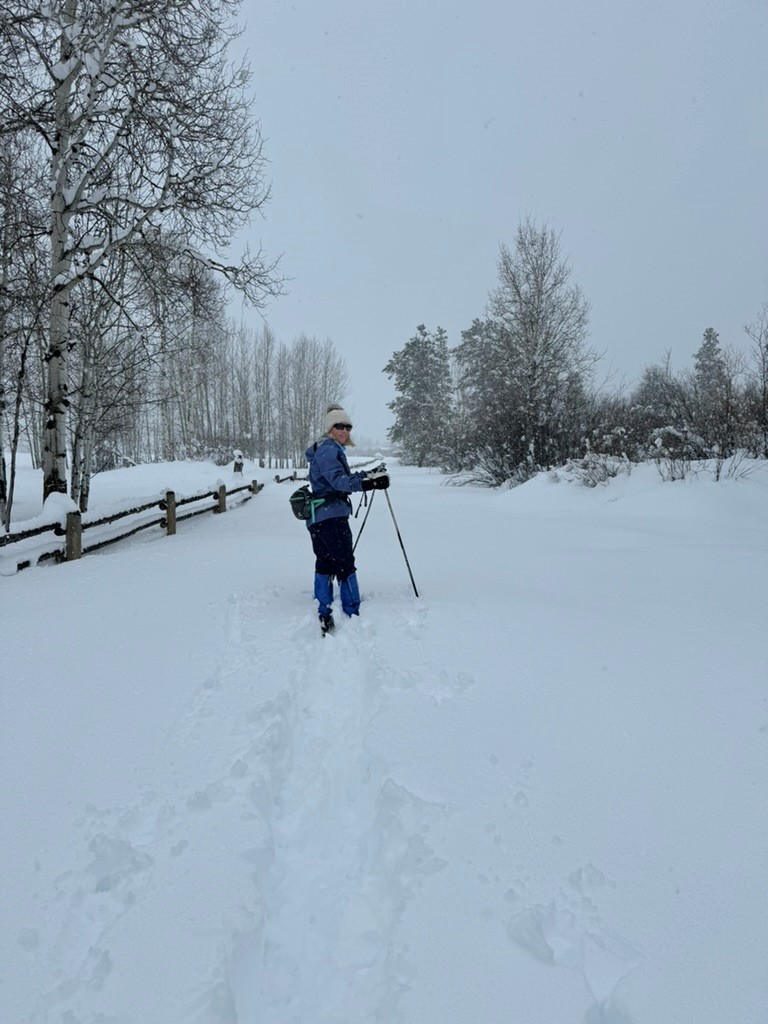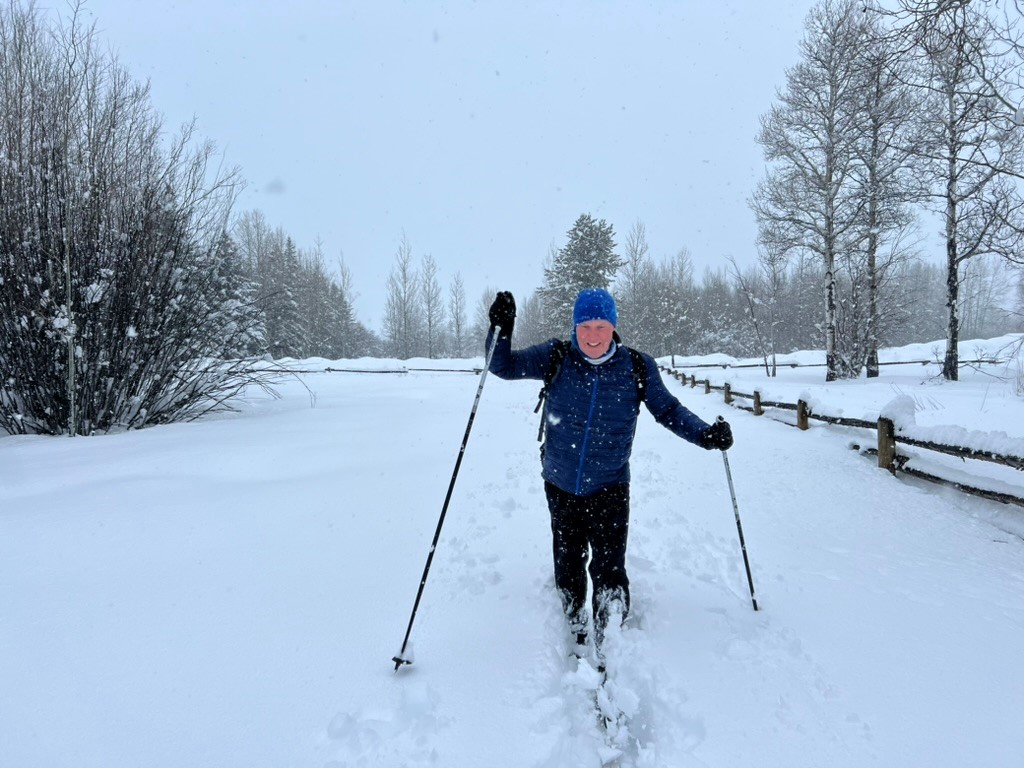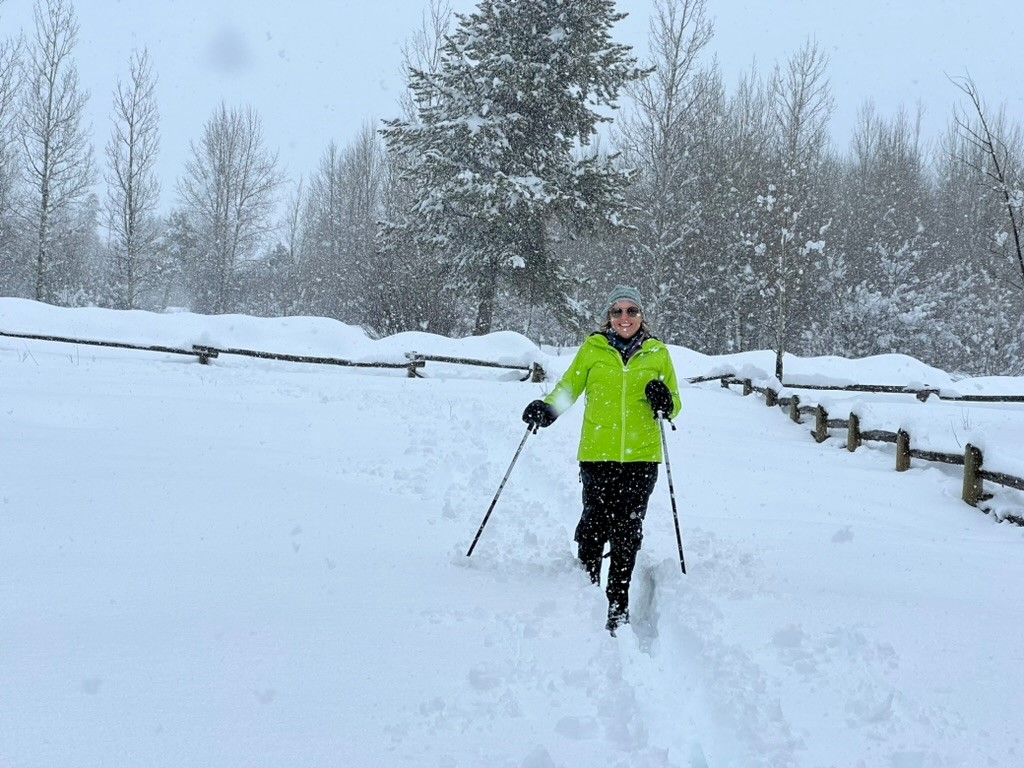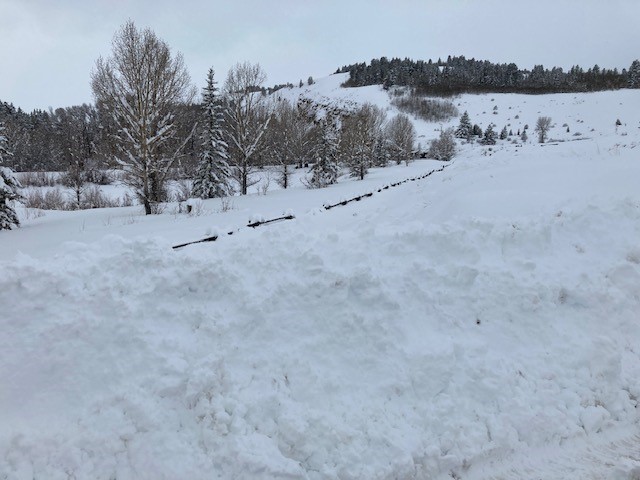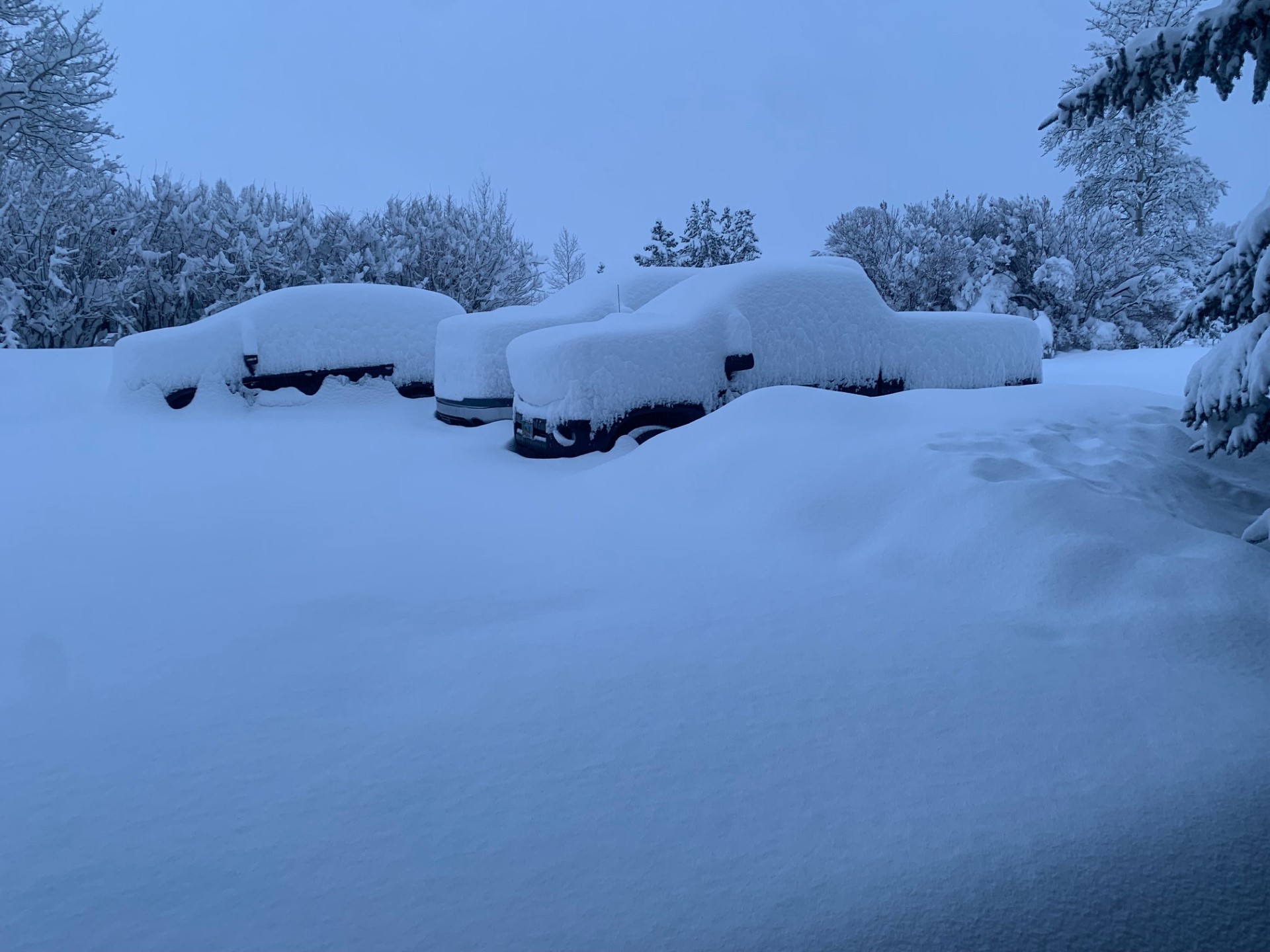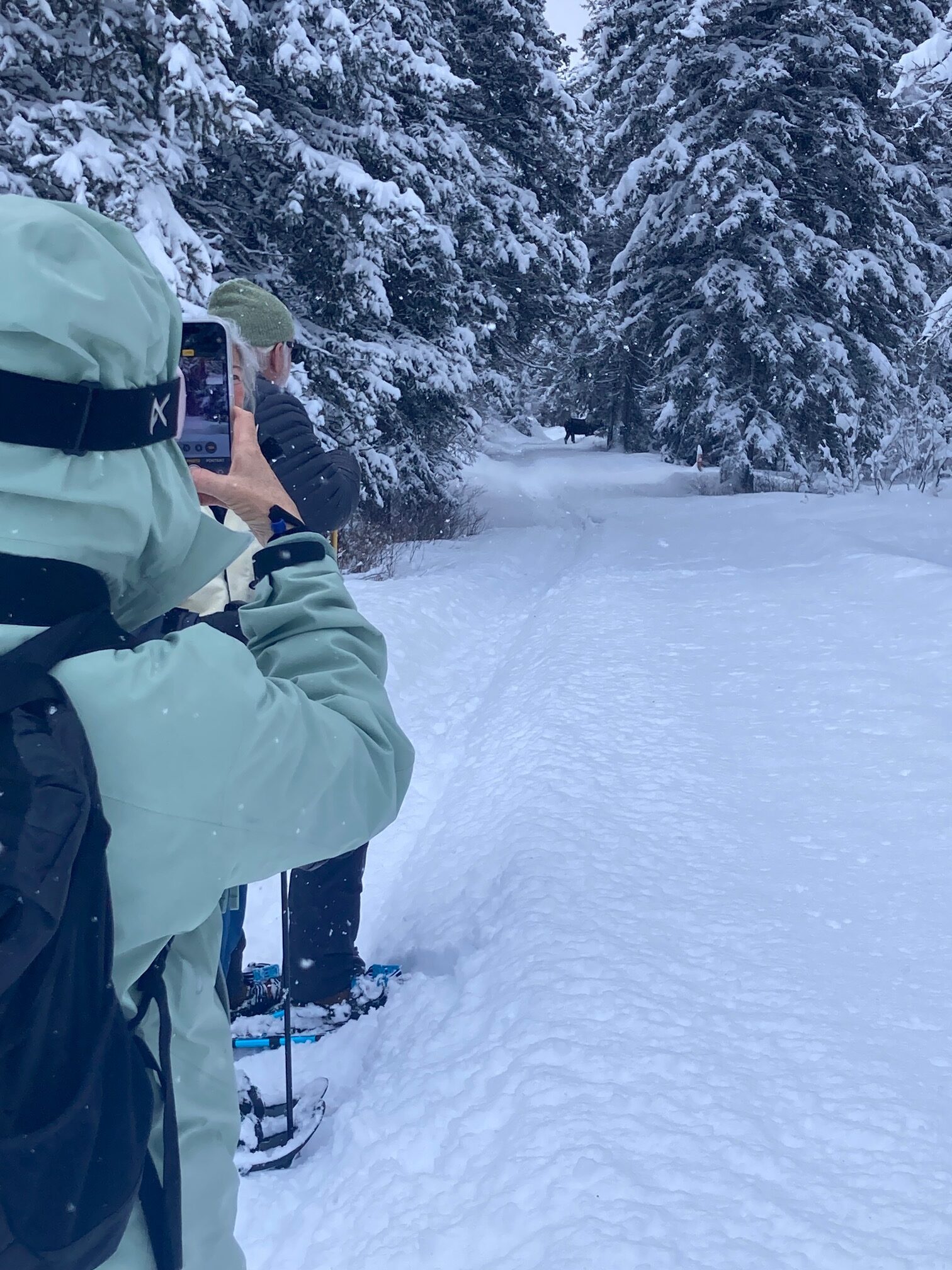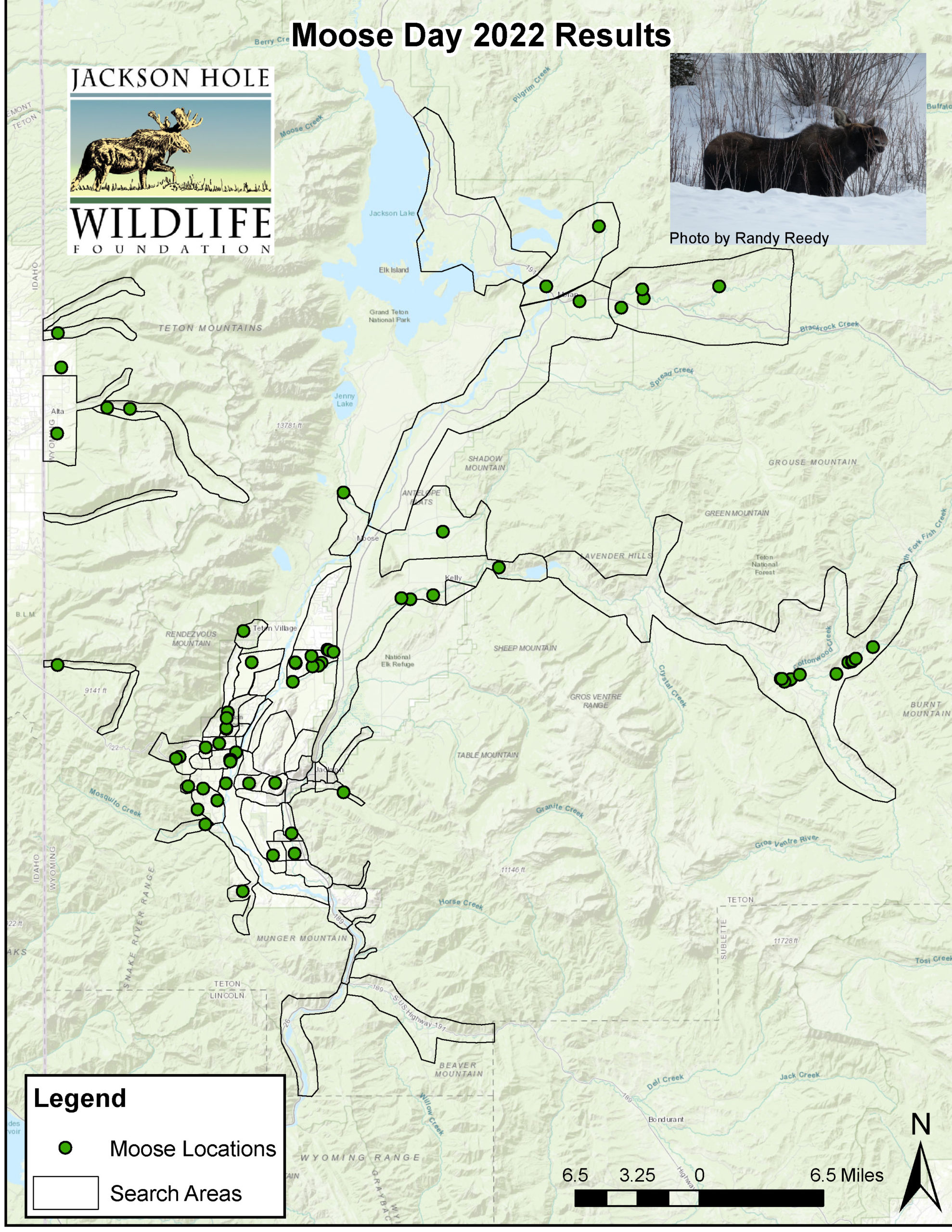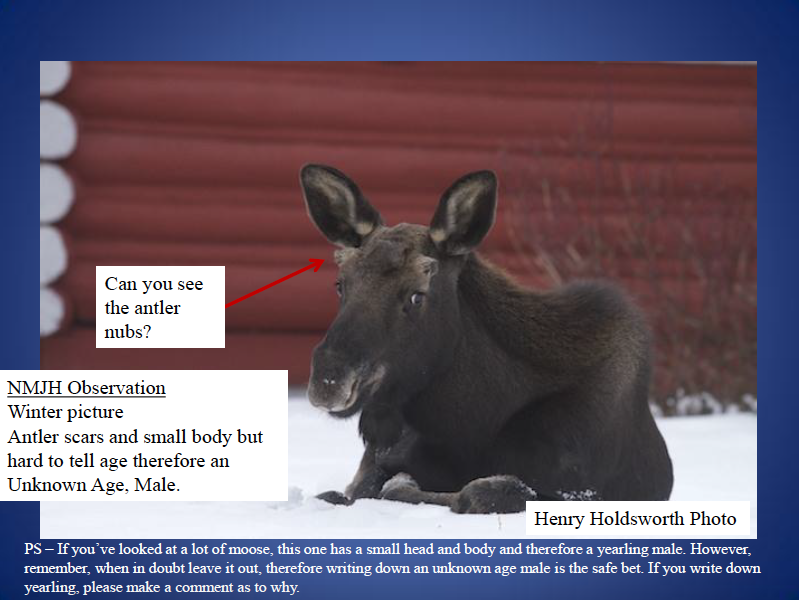MOOSE DAY 2024 Photos
What is Moose Day?
Moose Day is an annual census of the moose population in Jackson Hole. Observations made by citizen-scientists on Moose Day are combined with data collected by wildlife managers to paint a more accurate picture of moose numbers in the area. It takes place each year in late February or early March.
The Challenge
Gathering information about ungulates such as moose serves many purposes in Jackson Hole. Wildlife biologists concentrate on public lands when they survey Jackson Hole’s moose populations. Recording observations of moose throughout the valley and adjacent to developed neighborhoods helps us understand how to live compatibly with a treasured species of wildlife. While valley citizens can often feel disconnected from wildlife management decisions, the annual Moose Day survey is a great opportunity to contribute directly to our collective wildlife knowledge.
The Solution
Certified citizen scientists of Nature Mapping Jackson Hole track moose on pre-assigned parcels on Moose Day – an annual survey conducted in collaboration with the Wyoming Game and Fish Department (WGFD), Grand Teton National Park, and the Bridger-Teton National Forest. Teams of two or three people get an assigned territory in areas that are difficult for the WGFD to survey (mostly near private lands or adjacent to more developed areas) and record moose observations. These collected data contribute to monitoring moose population trends in Jackson Hole over time. A winter’s day searching the valley for moose is one of many exciting Nature Mapping Jackson Hole projects that connect members of the community to one another and to our wild lands.
Moose Day Protocols
- Cover your area as thoroughly as possible between dawn (7 am) and noon.
- Record moose only for your area. If you observe a moose in another area, you can make the observation, but put in “Comments” that it wasn’t seen in your area.
- You are welcome to make “Casual Observations” of other species, time permitting.
- If you find an area where you suspect someone is feeding ungulates (e.g. a large # of animals congregating in one spot), please let us know. We are trying to increase our educational efforts around this issue as it may contribute to increased wildlife vehicle collisions.
- Covering your area can be done by any means that are appropriate for your area (car, skis, snowshoes, etc.). Please display the Nature Mapping Moose Day sign on your vehicle.
- If you do not have a partner, please let the volunteer coordinator know. A second set of eyes is critical to help you search. More than two people are fine. We’ve found that the success rate increases tremendously with a second set of eyes especially for those routes that are
primarily automobile-based. And also if you are skiing it is important for safety. - Please keep track of time spent searching and how you traveled. For example: 3 hours total: 1 hour on skis + 2 hours by car. Please email this information to Frances during the week.

Refresh your memory about moose identification with this presentation from the 2022 Pre-Moose Day Identification Session.
Moose Day Jackson Hole Report Archives
Photo Credits:
Henry Holdsworth
Mark Gocke
Steve Morriss
Sava Malachowski
Leine Stikkel
Tim Griffith
Jon Mobeck
Jackson Hole Wildlife Foundation
Office Location:
25 S. Willow St., Suite 10
Jackson, WY 83001
Mailing Address:
PO Box 8042
Jackson, WY 83002
All rights reserved.
Privacy Policy
